When the Ford Taurus hit the scene in 1986, it didn’t just look different—it was different. Sleek, forward-thinking, and practical, it helped drag American sedans out of the boxy doldrums of the early ’80s. It wasn’t a muscle car or a luxury badge, but it changed the way people thought about family cars.
Over the years, the Taurus wore a lot of hats—sales leader, performance sleeper, fleet workhorse, and even full-size flagship. This article takes a closer look at 10 key facts that explain how the Taurus became one of Ford’s most important and underrated models.
The Taurus Changed Everything in 1986
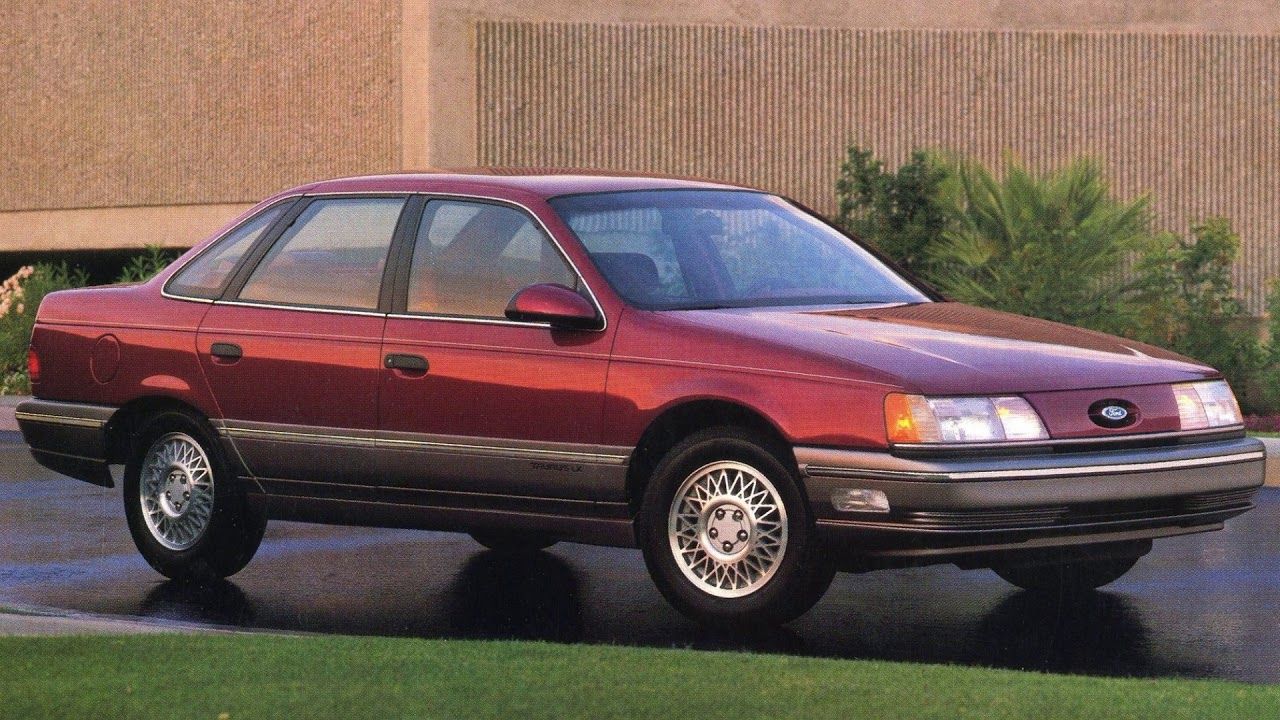
When the Ford Taurus debuted in 1986, it didn’t look like anything else on the road. Rounded, aerodynamic, and clean, it moved away from the boxy sedans that filled American streets. Ford bet big on the design, and it paid off—big time.
Powered by a 2.5L four-cylinder or an optional 3.0L V6, the Taurus offered decent power for the segment. With features like digital dash options and flush-mounted glass, it was forward-thinking without being gimmicky. Ford sold over 200,000 units in its first year. It became the face of the modern family car.
It Became America’s Best-Selling Car
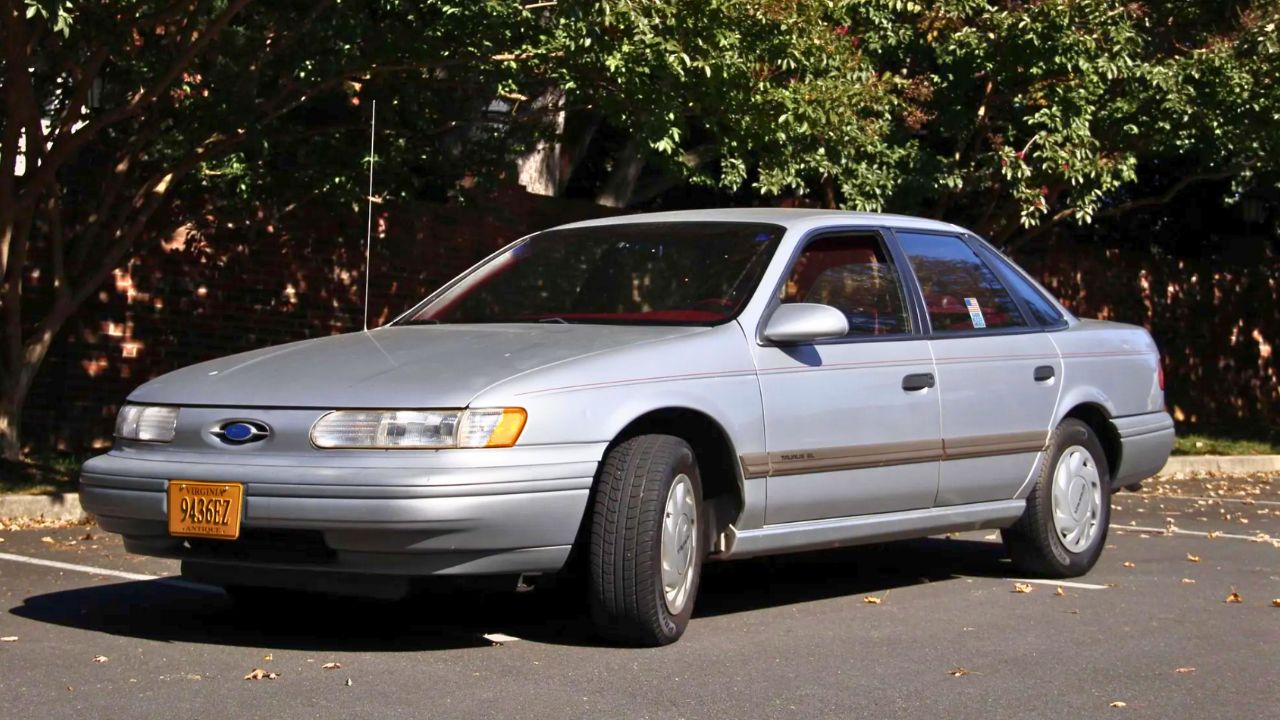
By 1992, the Taurus had climbed to the top of the sales charts. Ford sold over 400,000 units that year alone. For five straight years, it was the best-selling car in the U.S., beating out imports and domestic rivals alike.
The reason? It was roomy, affordable, and didn’t look cheap. Mid-trim LX and SE models offered power everything, anti-lock brakes, and plush cloth interiors. Families looking for value and comfort found it in the Taurus. It was a car that worked for just about everyone.
The SHO Brought Serious Power
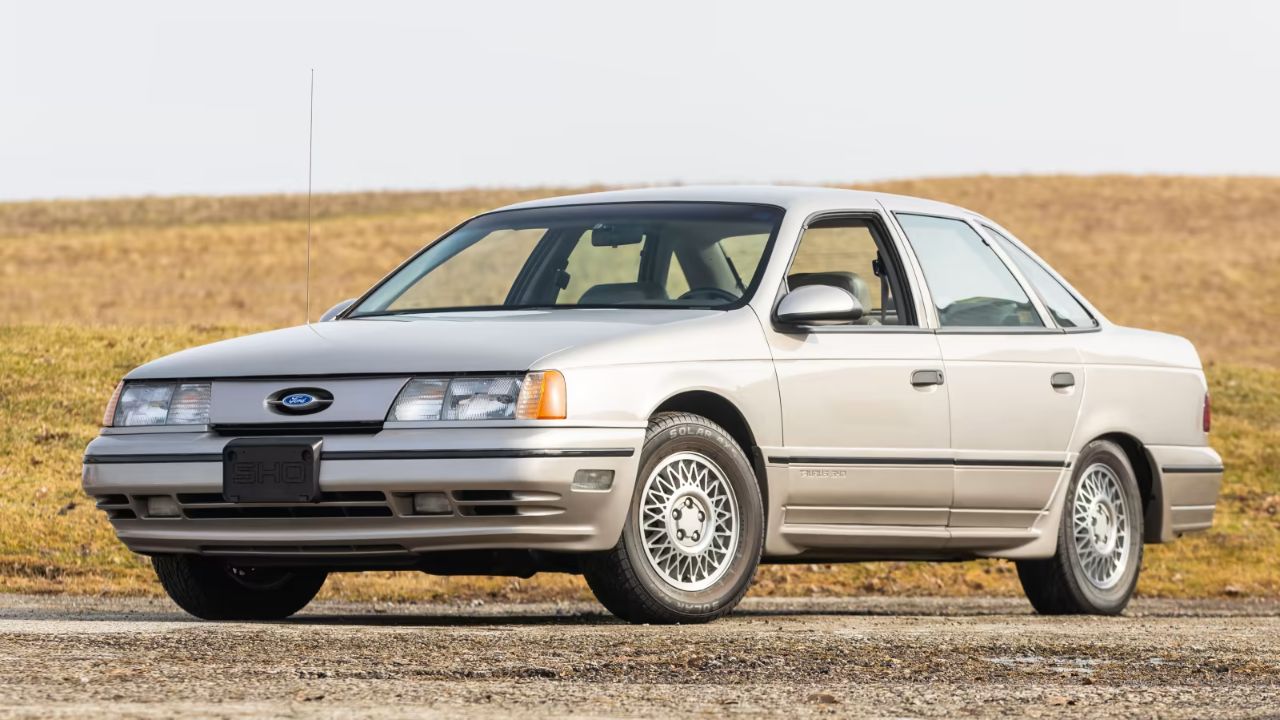
The 1989 Taurus SHO (Super High Output) didn’t just look sporty—it backed it up. Under the hood was a Yamaha-designed 3.0L V6 that revved to 7,000 rpm and made 220 horsepower, paired with a 5-speed manual.
It was fast for the era—0–60 in about 6.6 seconds—and handled surprisingly well thanks to sport-tuned suspension. Ford kept the SHO in production through 1999, with later models using a 3.4L V8. It became a cult favorite among sleeper fans who wanted real performance without flashy styling.
Wagon Versions Were Surprisingly Capable
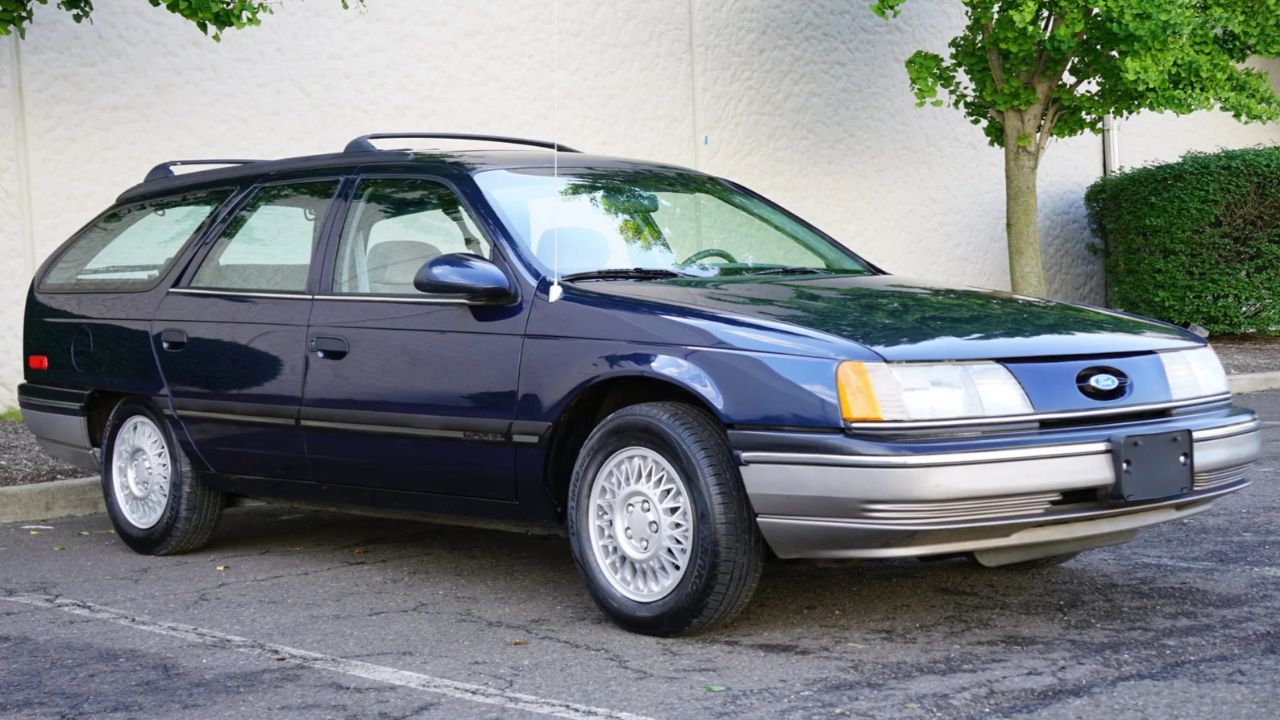
The Taurus wagon offered real utility with its rear-facing third-row seat and flat cargo floor. Built from 1986 to 2005, the wagon was a favorite for families who needed minivan space but didn’t want a minivan.
It came with the same drivetrain options as the sedan and offered respectable towing for a front-wheel-drive car—up to 2,000 pounds with the right setup. The wagon’s practicality helped keep it in Ford’s lineup longer than you’d expect, and you’ll still see them pulling kid duty at the local ball field.
The Third Generation Split Opinions
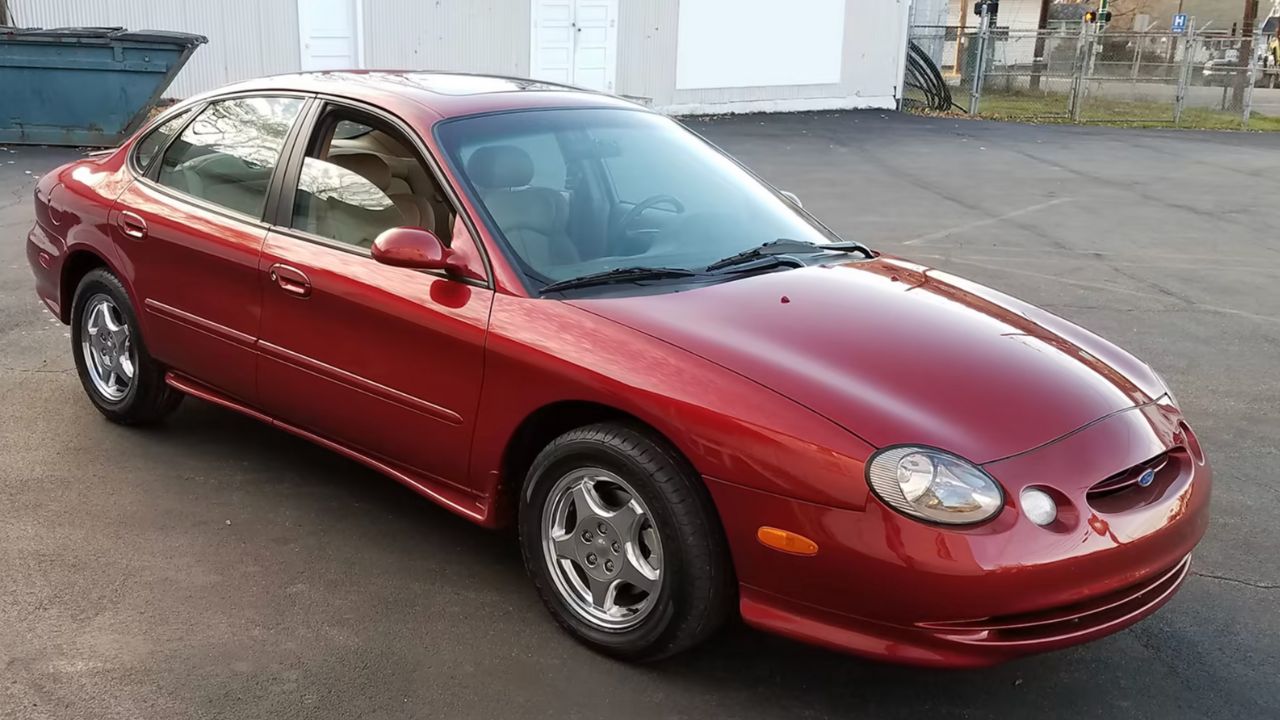
In 1996, Ford redesigned the Taurus with more curves and an oval-themed design language. The headlights, grille, and even the rear window took on oval shapes. It was a risky move, and not everyone loved it.
While the car was technically advanced—introducing things like a floor-mounted shifter and optional DOHC V6—sales slipped. Many felt the styling was too far removed from what made the first models work. Still, Ford moved over 300,000 units in 1996, showing the Taurus still had traction even with controversial looks.
It Quietly Became a Fleet Hero
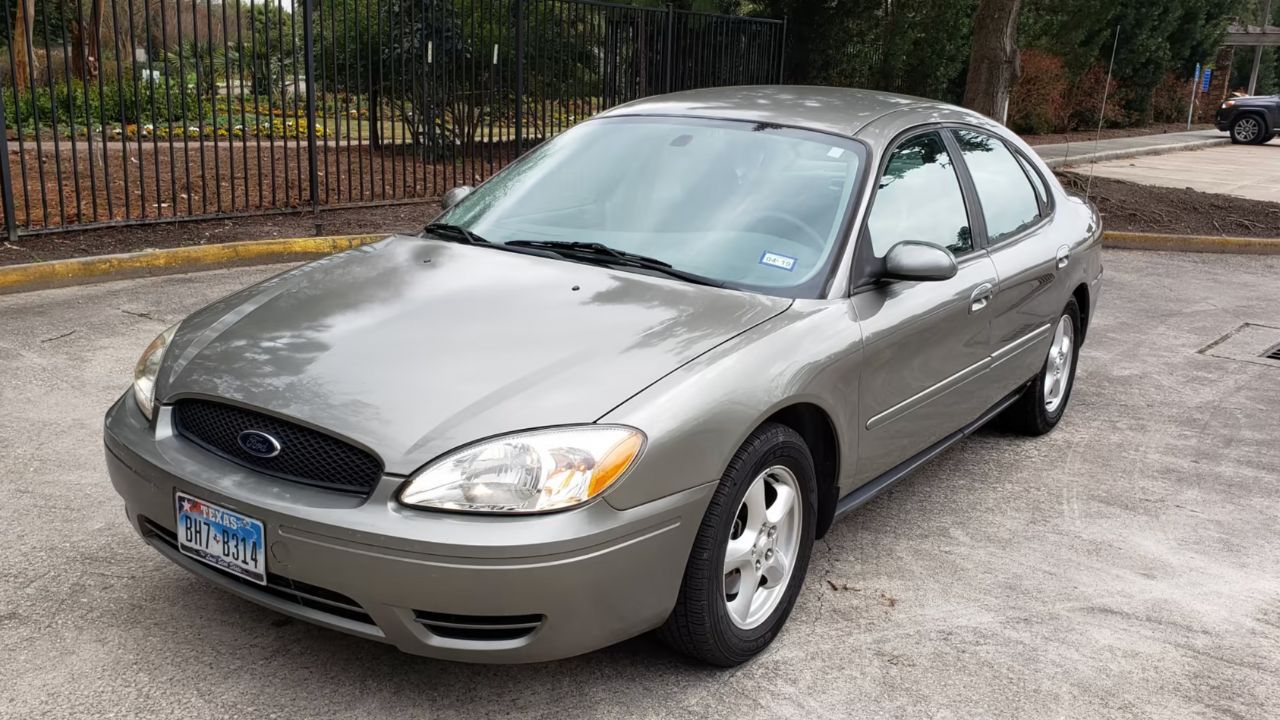
As the 2000s wore on, the Taurus quietly transitioned into fleet and rental duty. Ford stopped marketing it heavily to retail buyers, instead focusing on bulk sales to rental agencies and government fleets.
The car was still solid, especially for the price, and it held up well under daily use. Many police departments and municipal fleets used base model Tauruses for light-duty work. It wasn’t flashy, but it was cheap to run, easy to maintain, and built to take a beating.
Production Actually Ended… Then Came Back
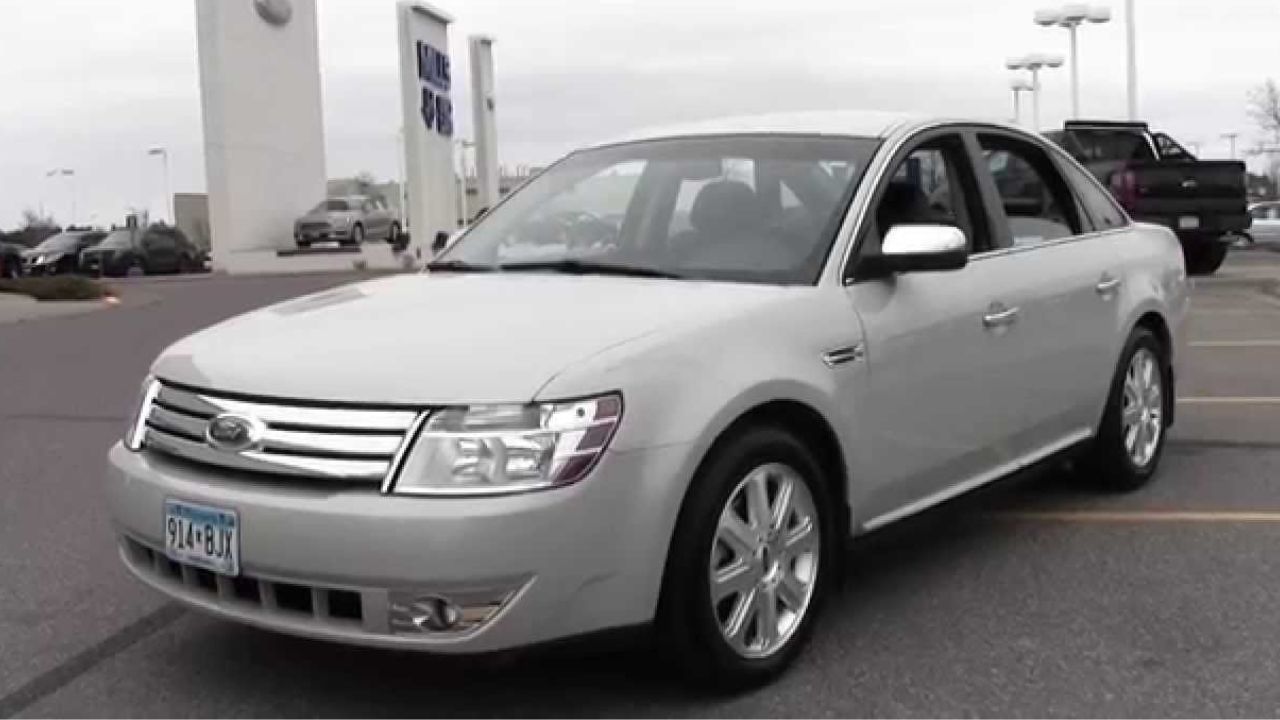
Ford officially pulled the plug on the Taurus in 2006. But CEO Alan Mulally, fresh from Boeing, famously asked why the company had dropped one of its best-known nameplates. In 2008, the Taurus returned—rebadged from the Five Hundred and refreshed with a more aggressive look.
It wasn’t just a badge swap either. The new Taurus had a more refined interior, updated suspension tuning, and available AWD. It filled a gap in Ford’s lineup and gave the company a flagship sedan again at a time when crossovers hadn’t fully taken over.
The SHO Returned in AWD, Twin-Turbo Form
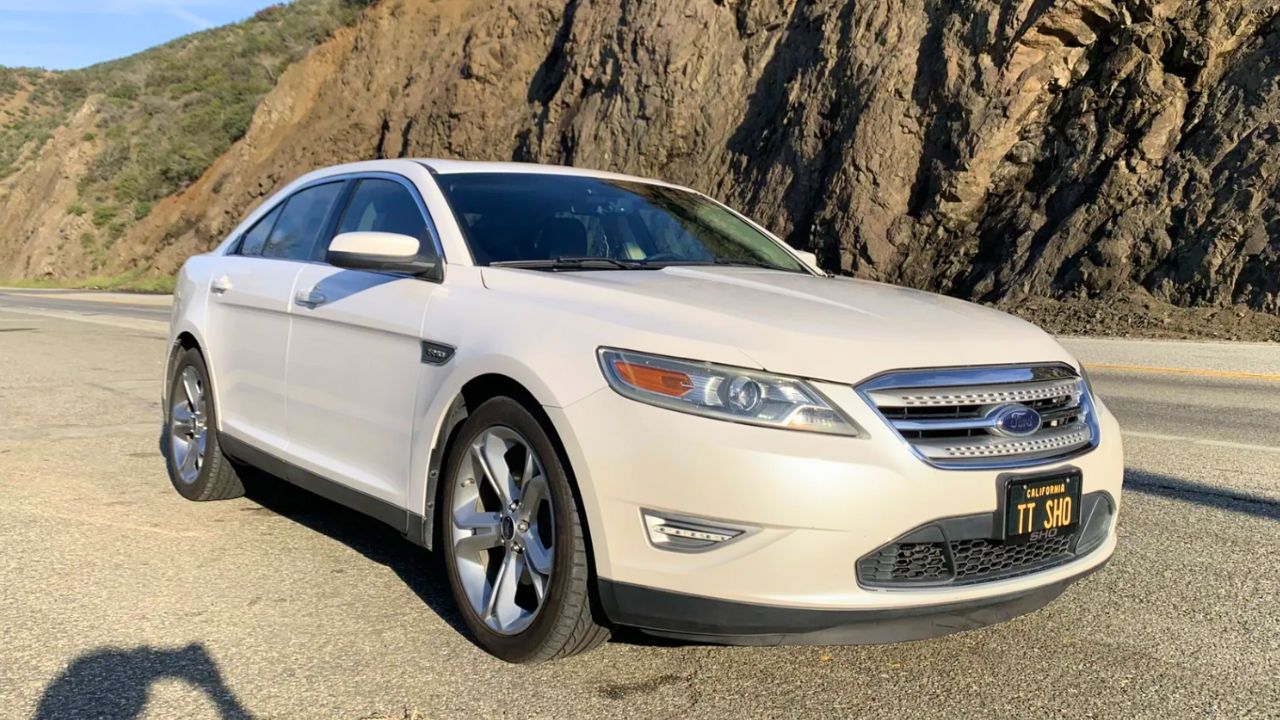
The Taurus SHO made its comeback in 2010 with a 3.5L EcoBoost twin-turbo V6 pushing out 365 hp and standard all-wheel drive. It had a clean look, big 20-inch wheels, and a sport-tuned suspension.
It wasn’t a canyon carver, but it was fast, smooth, and handled winter like a champ. Inside, the SHO offered leather, tech packages, and a more upscale feel than base models. For buyers who wanted a fast, grown-up sedan that didn’t scream about it, the modern SHO quietly checked all the boxes.
It Topped Out as Ford’s Flagship Sedan
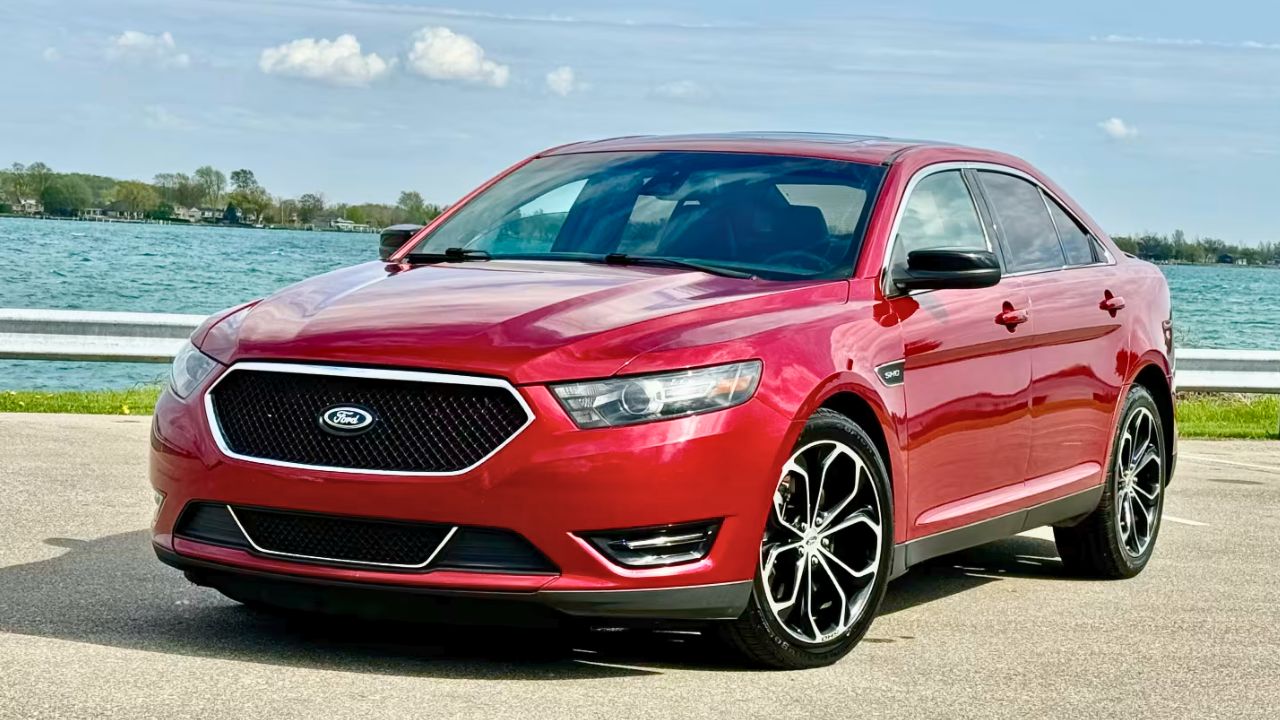
From 2010 to 2019, the Taurus sat at the top of Ford’s sedan lineup. Fully loaded Limited and SHO trims offered active safety features, adaptive cruise control, and SYNC 3 infotainment. It wasn’t cutting-edge, but it was solid and comfortable.
Ford offered AWD, big trunks, and decent back seat space. It made for a great highway car—quiet and stable at speed. While sedans were losing ground to crossovers, the Taurus held on as a capable, no-nonsense full-size car until its final year in 2019.
It’s Now a Bit of a Forgotten Workhorse
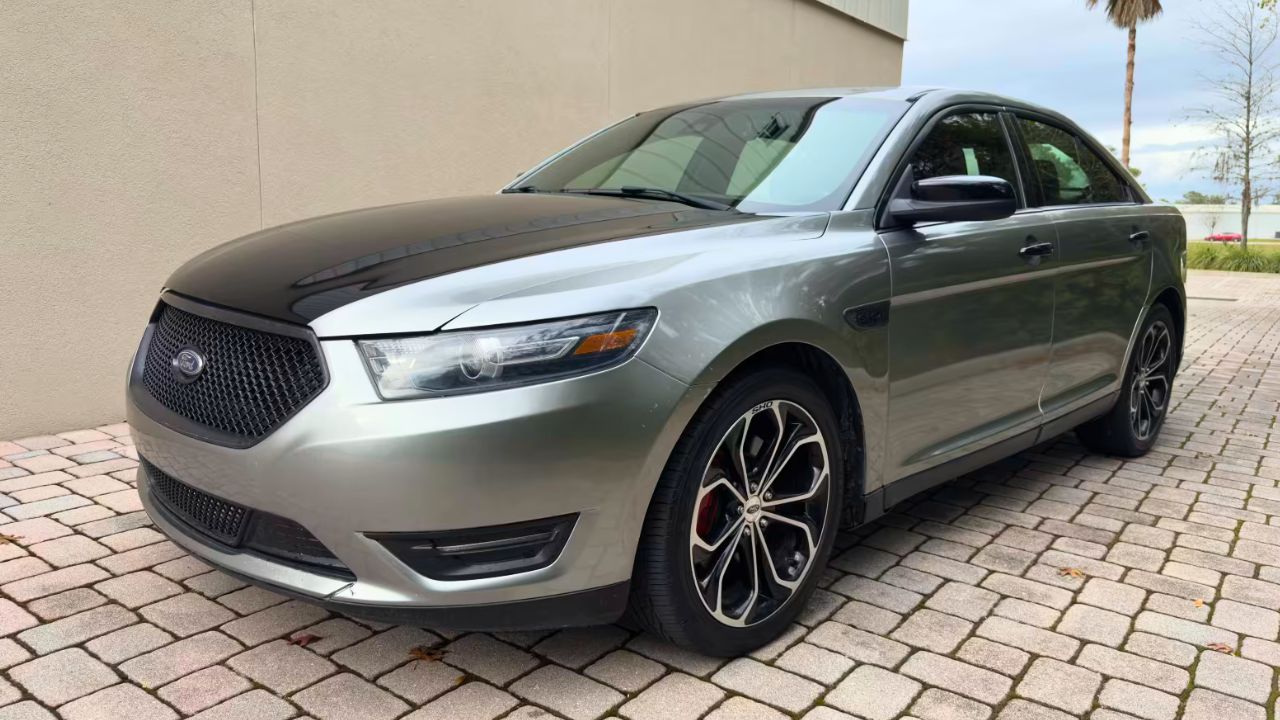
Today, the Taurus doesn’t get much attention in the collector world, but it played a massive role in shaping the modern sedan. It sold over 7.5 million units across six generations and proved that American cars could look modern, drive well, and still hit a family-friendly price point.
You’re more likely to find a clean SHO in someone’s garage than a museum floor, but that’s part of the appeal. It’s a car that did its job, evolved when it had to, and left a bigger mark than most people remember.
Like what you read? Here’s more by us:
*Created with AI assistance and editor review.

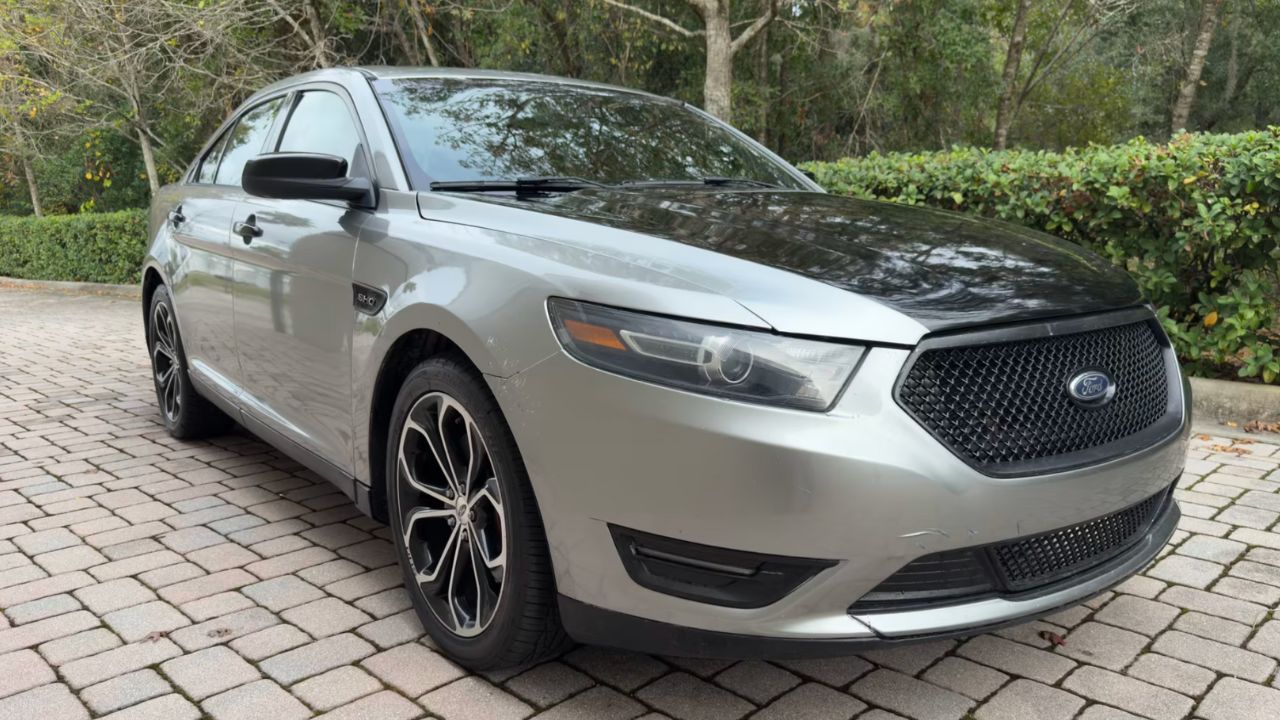


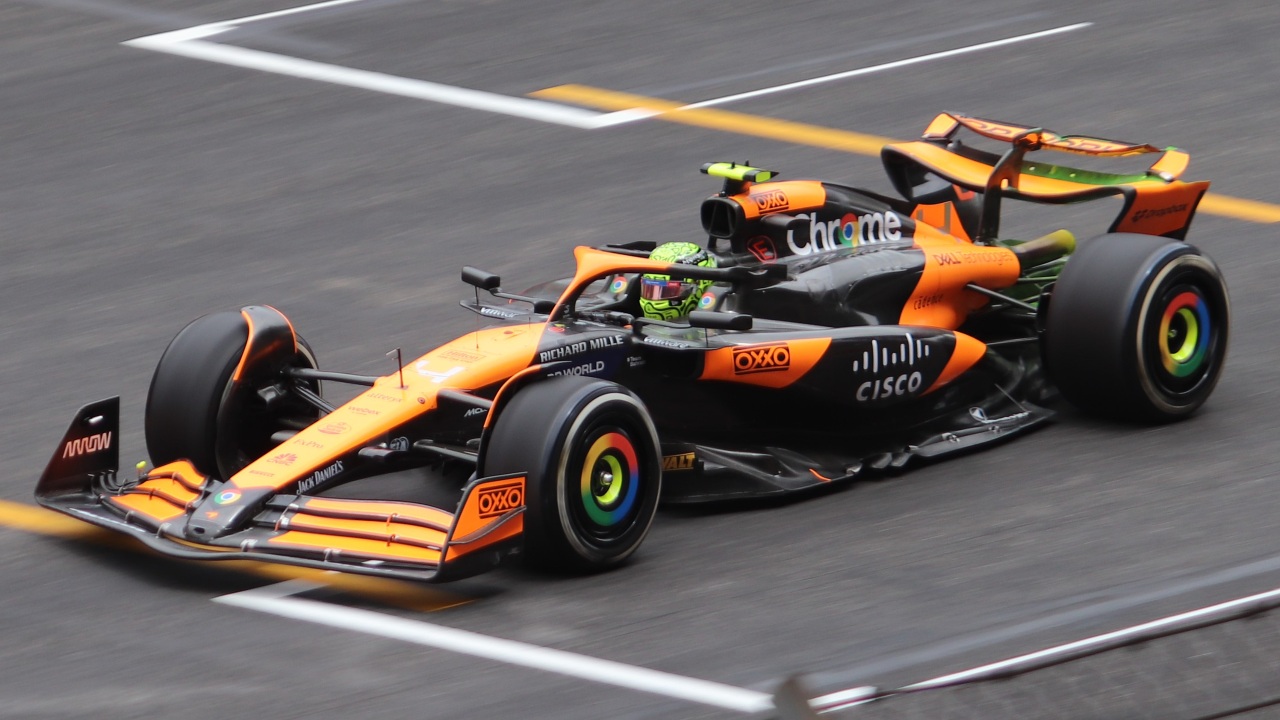

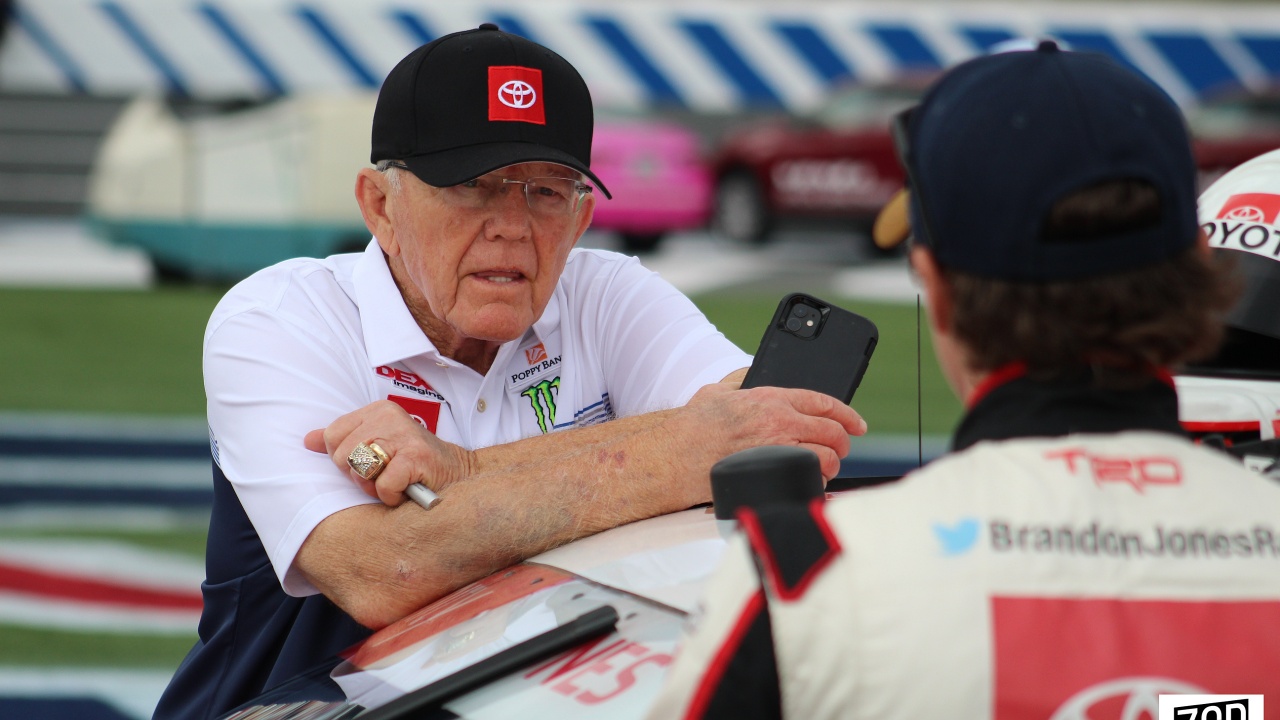
Leave a Reply